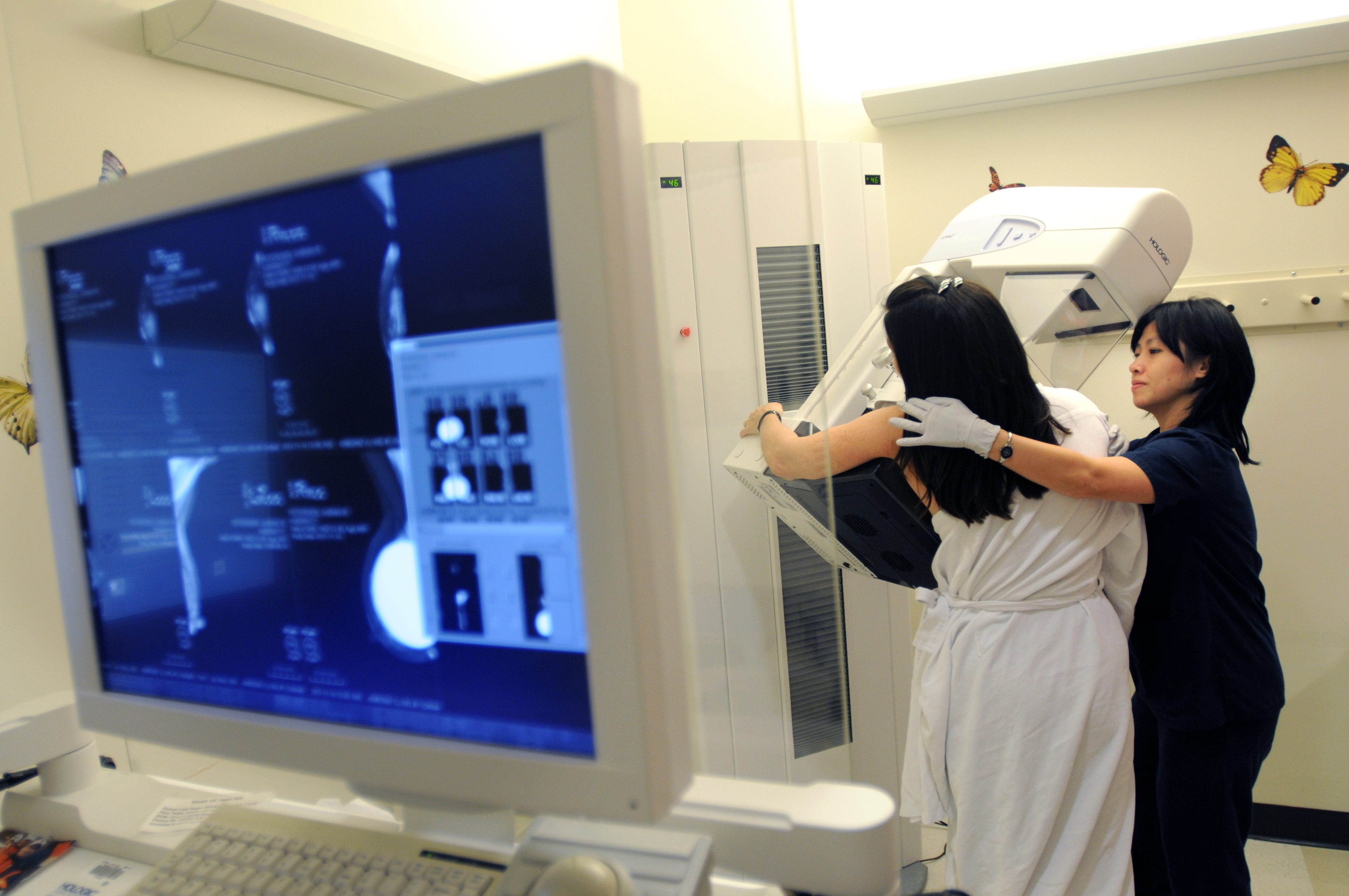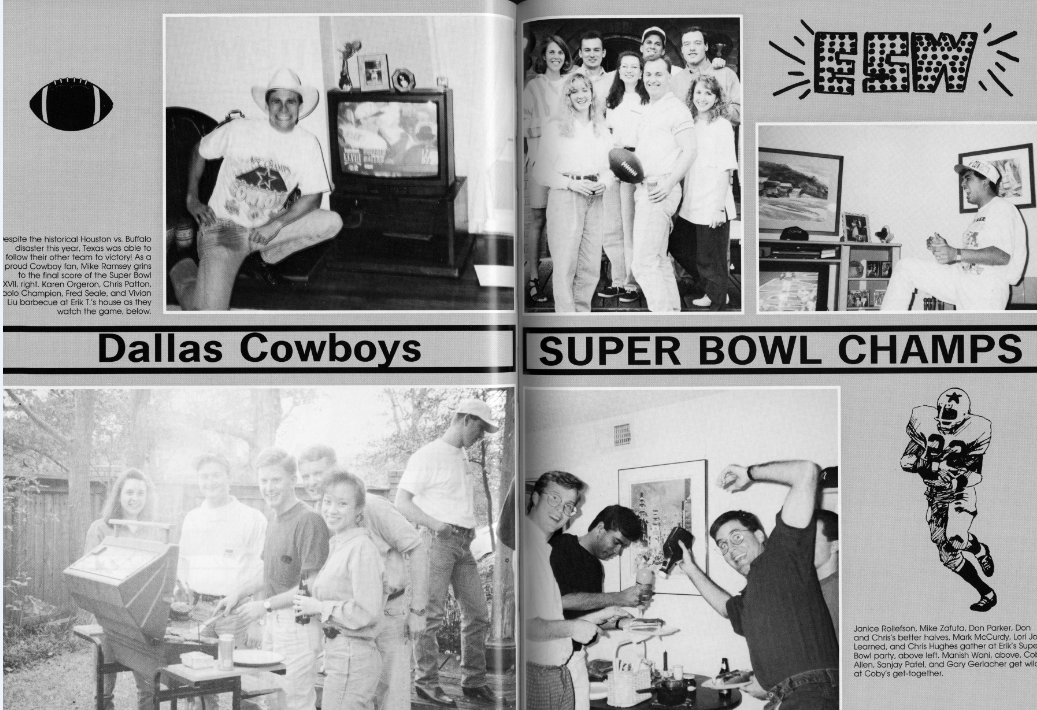Happy Medical Ultrasound Awareness Month!
I see sound! Too much coffee? Nope, I’m a sonographer! October is Medical Ultrasound Awareness Month (MUAM). I am partying like it’s 1991, the year sonography and sonographers were first given a platform to share our unique role in healthcare.

The history of ultrasound begins in the sixth century B.C. with Pythagoras and his work with vibrating strings. His invention of the sonometer launched a timeline of discoveries from sound vibration, transmission, echolocation, Doppler and piezoelectricity to Sound Navigation and Ranging (SONAR) in World War II. These discoveries and advancements led to the first brain scan in the 1940s, the first view of a moving heart using motion display (M-Mode) in 1954 and the first obstetric ultrasound in 1957.
Real-time visualization and growing interest in its medical applications created the need for a specialized group of people who could operate the machine and interpret the images. Joan P. Baker is credited with creating the sonography occupation under the U.S. Office of Education in 1973. The term “sonography” can be broken down into sono (sound) and graphy (to write) and the subsequent title “sonographer” describes someone literate in sound.
While sonography is barely a teenager in diagnostic imaging compared with X-ray, ultrasound technology has evolved rapidly. Initially, machines were bulky, required the patient to remain very still, had limited features and, for some systems, an immersion tank was needed (think dunk tank – cold gel doesn’t sound so bad now, does it?). Technology has improved so much in the last 25 years that systems can fit in your pocket. This readily accessible tool paved the way for a new use: Point of Care Ultrasound (POCUS). POCUS is delivered at the bedside by a provider to quickly acquire and interpret an image and then manage the findings.
POCUS has become integral for many healthcare providers, from the use on helicopters by paramedics to physicians in the ER, ICU or private practice, anesthesiology, physician assistants and many others. As demand increases, so does the need for this to be introduced earlier in training. Several publications reflect this growing trend and ask one big question: Who will teach this?
Enter sonographers.
I have been employed by Baylor College of Medicine for the past year and have been part of developing the POCUS thread in the new curriculum. I use my experience from teaching sonography in clinical environments and healthcare colleges to build foundational coursework that I believe will leave lasting impressions and positively impact medical students. I am privileged to work alongside physicians who use POCUS routinely in their practice. We strive to create a curriculum that enhances the critical thinking of undergraduate medical education students and prepares them for their respective specialty without overstepping into the vital role diagnostic imaging holds.
My role as a sonographer over the last 20 years has allowed me to work in many settings and has provided me with great opportunities. Through it all, one thing that remains the same is my passion for this profession and my commitment to ensuring safe patient care through teaching and training students, whether they are learning sonography or POCUS. I am thankful for the pioneers who carved out our place in the healthcare industry, and I am excited to be involved in this new direction our profession is being called to.
If you would like to learn more about sonography and/or POCUS, visit the American Institute of Ultrasound in Medicine, American Registry for Diagnostic Medical Sonography, Society of Diagnostic Medical Sonography, Society of Vascular Ultrasound, American Society of Echocardiography or World Congress on Ultrasound in Medical Education.
Have a question about our POCUS curriculum? Email us.
By Cherie Tator, MS, RDMS (ABD, OB/GYN, BR, PS) RVT, senior sonographer simulation educator with the Simulation & Standardized Patient Program at Baylor College of Medicine



